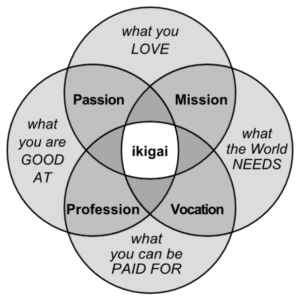
I posted a few days ago (blog article) that the EPO had set up a way for users of ISA/EP and IPEA/EP to receive correspondence (such as International Search Reports and Written Opinions) instantly and electronically, which might for some users be preferable to having to wait a long time for such correspondence to show up in slow postal mail. In that posting I described my own lack of success in setting up such things, particularly because an important button called “+Request PCT Link” was missing in the EPO system. I have heard back from the EPO people about this. It turns out you have to ask for this button. In today’s blog article I offer more information about this new system, that I have heard from the EPO people. Continue reading “How to get the “+Request PCT Link” button”




